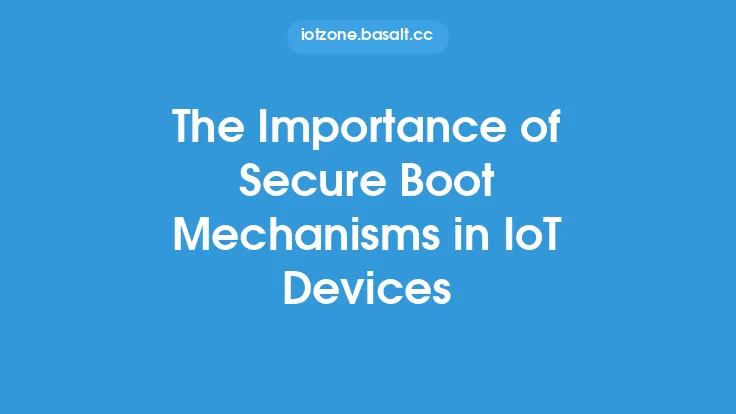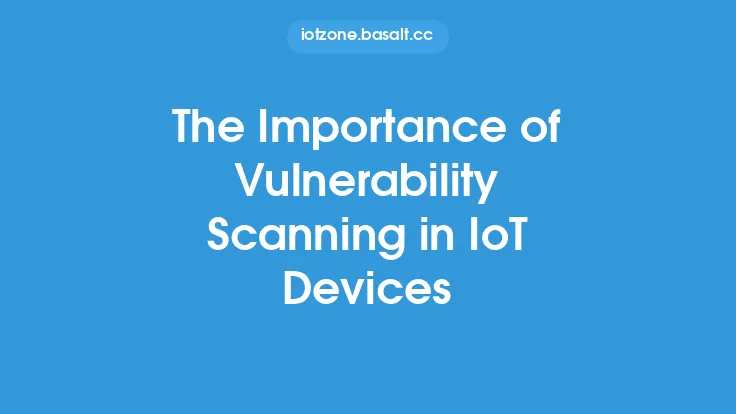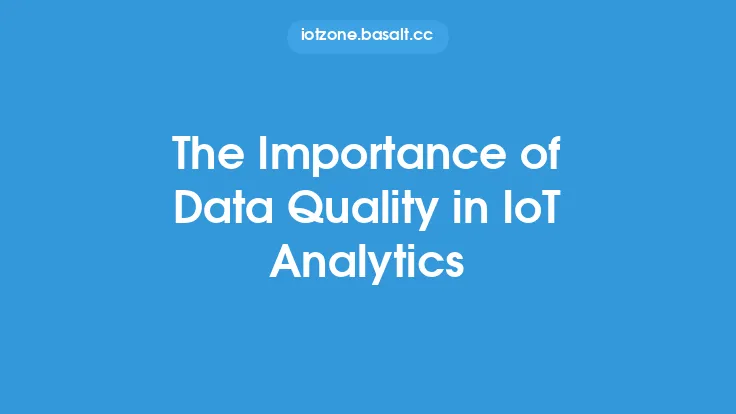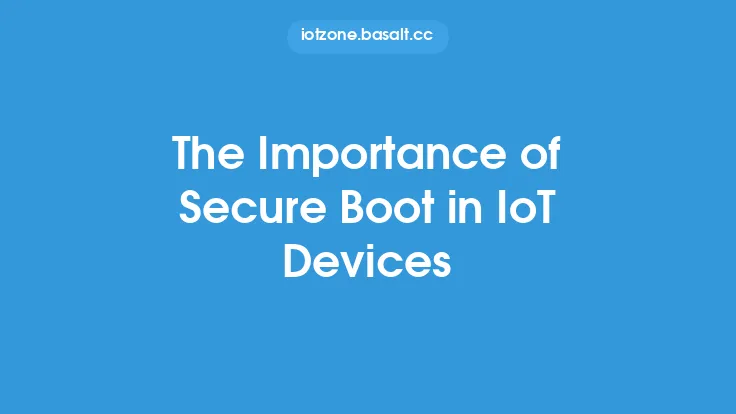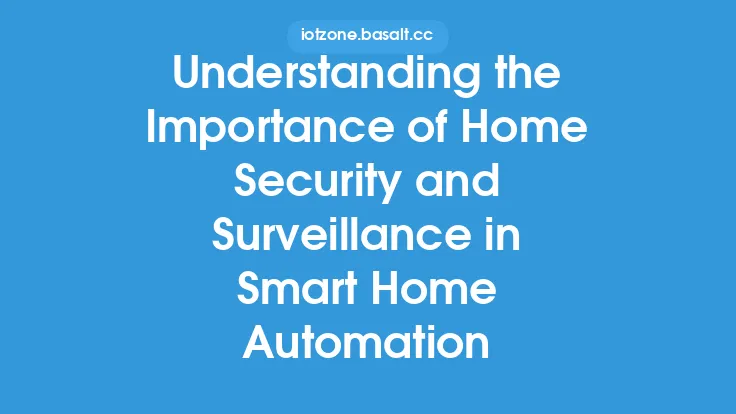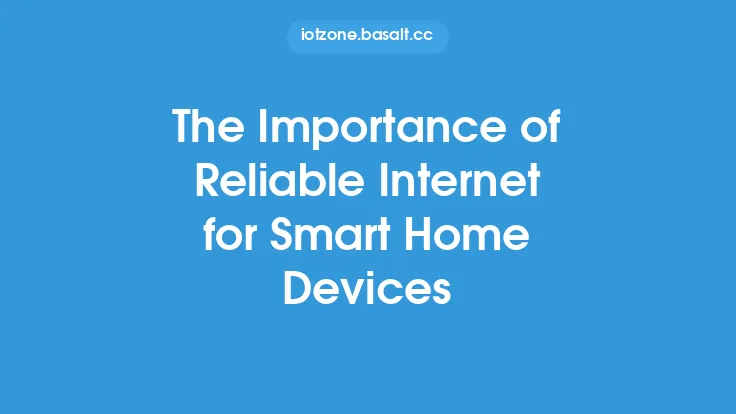The increasing number of IoT devices has led to a significant rise in the amount of data being generated, collected, and processed. This has resulted in a growing concern about data protection and the potential risks associated with the handling of sensitive information. One crucial aspect of data protection in IoT devices is data minimization, which refers to the practice of collecting, storing, and processing only the minimum amount of data necessary to achieve a specific purpose. In this article, we will delve into the importance of data minimization in IoT devices and explore its benefits, challenges, and best practices.
What is Data Minimization?
Data minimization is a data protection principle that aims to reduce the amount of personal data collected, stored, and processed by IoT devices. This principle is based on the idea that the less data collected, the lower the risk of data breaches, unauthorized access, and other security threats. Data minimization involves identifying the minimum amount of data required to achieve a specific purpose and ensuring that only that data is collected, stored, and processed. This approach helps to reduce the attack surface, minimize the risk of data breaches, and protect sensitive information.
Benefits of Data Minimization
The benefits of data minimization in IoT devices are numerous. Some of the most significant advantages include:
- Reduced risk of data breaches: By collecting and storing only the minimum amount of data necessary, the risk of data breaches is significantly reduced.
- Improved data security: Data minimization helps to reduce the attack surface, making it more difficult for hackers to access sensitive information.
- Enhanced privacy: Data minimization ensures that only the necessary data is collected, stored, and processed, which helps to protect individual privacy.
- Reduced storage and processing costs: Collecting and storing only the minimum amount of data necessary reduces storage and processing costs.
- Improved data quality: Data minimization helps to ensure that only accurate and relevant data is collected, stored, and processed, which improves data quality.
Challenges of Implementing Data Minimization
Despite the benefits of data minimization, implementing this principle in IoT devices can be challenging. Some of the most significant challenges include:
- Identifying the minimum amount of data required: Determining the minimum amount of data necessary to achieve a specific purpose can be difficult, especially in complex IoT systems.
- Balancing data minimization with functionality: Data minimization may require trade-offs with functionality, which can be challenging to balance.
- Ensuring data quality: Data minimization may require additional measures to ensure data quality, such as data validation and verification.
- Addressing regulatory requirements: Data minimization must be implemented in compliance with regulatory requirements, such as the General Data Protection Regulation (GDPR) and the California Consumer Privacy Act (CCPA).
Best Practices for Implementing Data Minimization
To implement data minimization effectively in IoT devices, the following best practices should be followed:
- Conduct a data minimization impact assessment: Identify the minimum amount of data required to achieve a specific purpose and assess the potential impact on functionality and data quality.
- Implement data collection and storage limitations: Limit the amount of data collected and stored to only what is necessary.
- Use data anonymization and pseudonymization: Anonymize or pseudonymize data to reduce the risk of identifying individuals.
- Implement data retention and deletion policies: Establish policies for data retention and deletion to ensure that data is not stored for longer than necessary.
- Use secure data transmission protocols: Use secure data transmission protocols, such as encryption, to protect data in transit.
Technical Implementation of Data Minimization
The technical implementation of data minimization in IoT devices involves several key technologies and techniques. Some of the most significant include:
- Data compression: Compressing data to reduce the amount of data stored and transmitted.
- Data encryption: Encrypting data to protect it from unauthorized access.
- Data anonymization: Anonymizing data to reduce the risk of identifying individuals.
- Data pseudonymization: Pseudonymizing data to reduce the risk of identifying individuals.
- Secure data transmission protocols: Using secure data transmission protocols, such as TLS and DTLS, to protect data in transit.
Conclusion
Data minimization is a critical aspect of data protection in IoT devices. By collecting, storing, and processing only the minimum amount of data necessary, the risk of data breaches, unauthorized access, and other security threats can be significantly reduced. Implementing data minimization requires a thorough understanding of the benefits, challenges, and best practices involved. By following the best practices outlined in this article and using the technical implementation techniques described, IoT device manufacturers and developers can help to ensure the security and privacy of sensitive information. As the number of IoT devices continues to grow, the importance of data minimization will only continue to increase, making it essential for organizations to prioritize this critical aspect of data protection.
